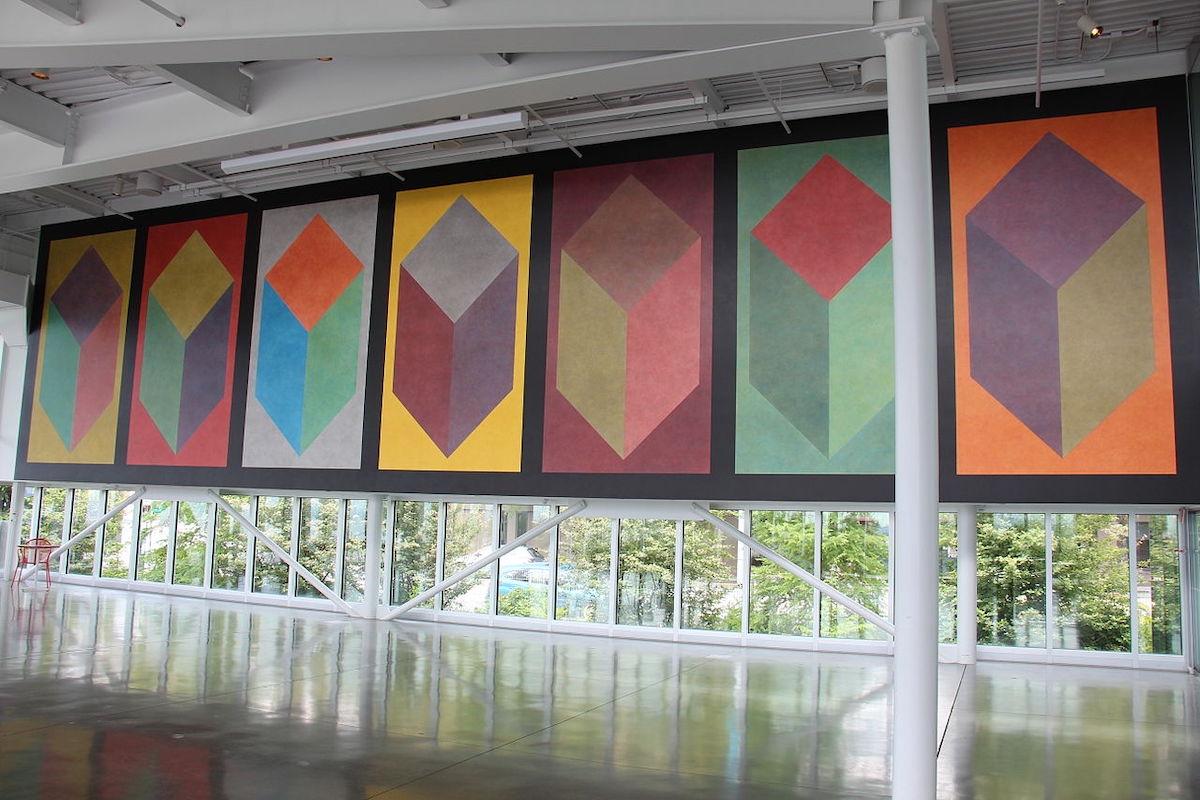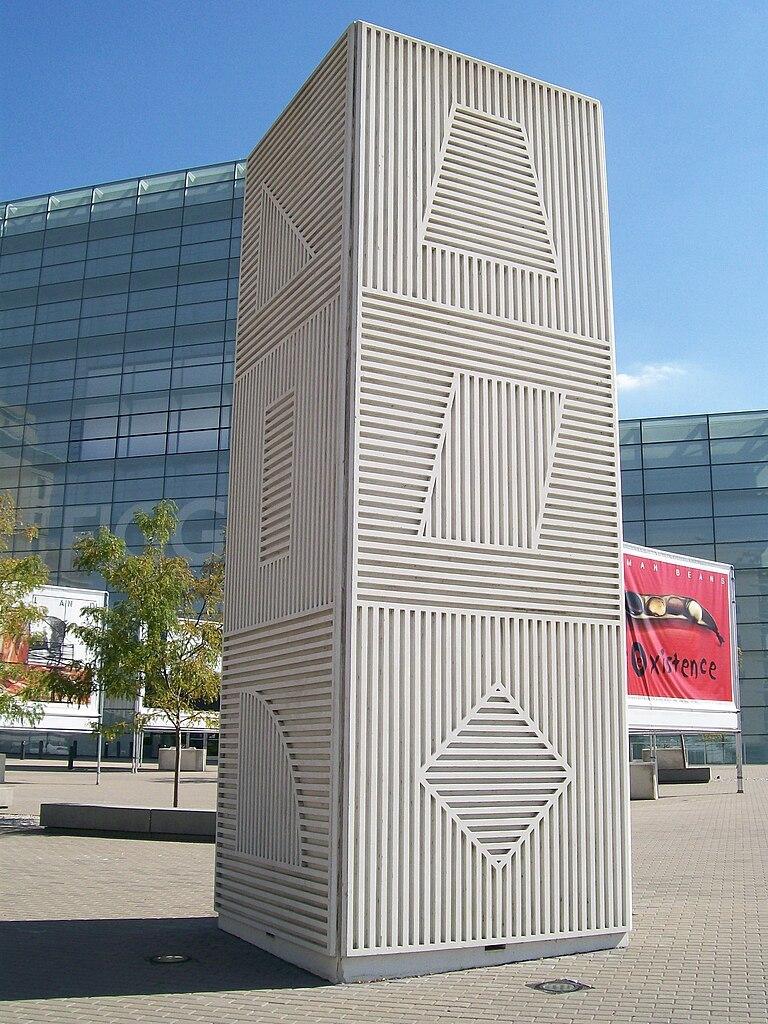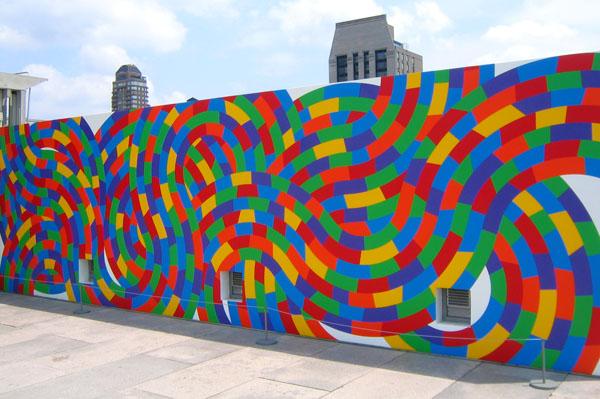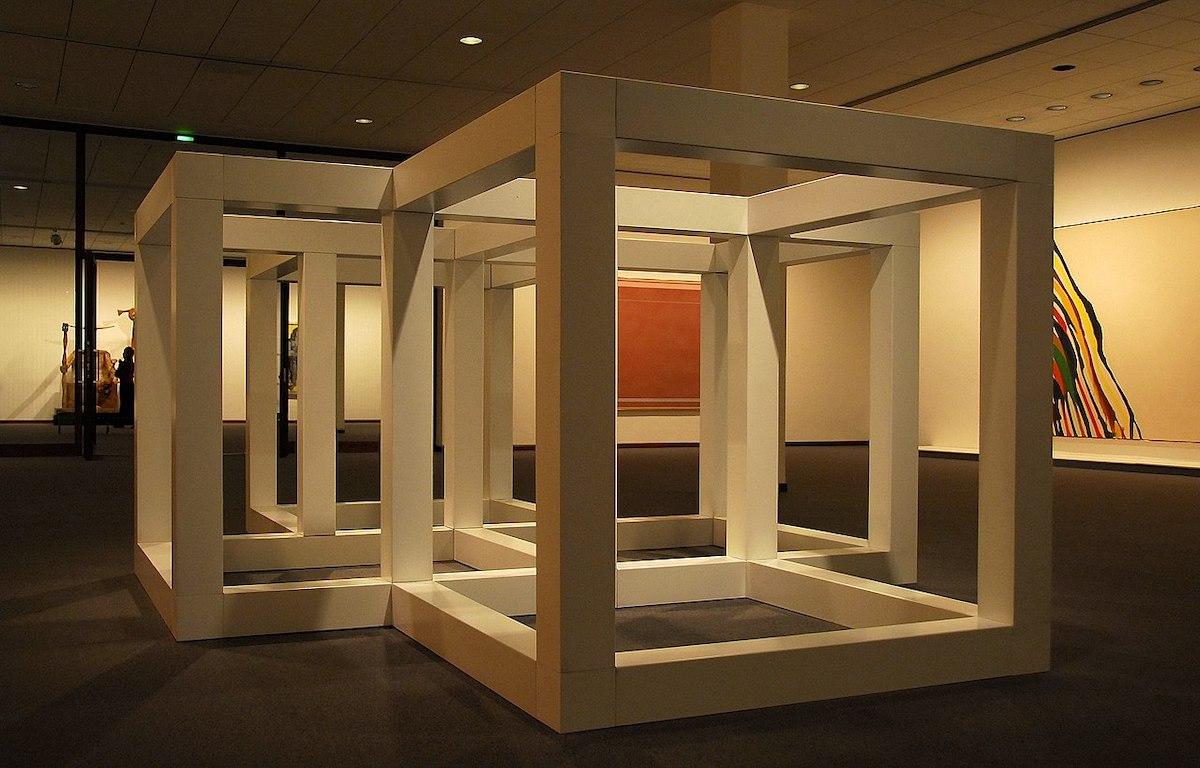He went on to co-found the nonprofit Printed Matter, Inc. in 1976 with writer and art critic Lucy Lippard. LeWitt’s art and philosophy deeply influenced both his peers and younger artists. During the late 1960s, he taught at a number of New York schools, including New York University and the School of Visual Arts. In 1980, LeWitt traveled to Italy. Upon his return to the U.S., he settled in Chester, Connecticut, which would become his primary place of residence.
While LeWitt became famous in the late 1960s for his wall drawings and "structures" (a term he preferred to "sculptures"), as an artist, he utilized a variety of mediums, including drawing, printmaking, painting, photography, and bookmaking. A prolific artist, LeWitt produced over 50 art books, hundreds of works on paper, numerous structures, and over 1,200 geometric wall drawings.
For the wall drawings, LeWitt would create the artistic concept and then provided detailed instructions for each installation, which would be executed by someone else on site. In allowing other draftsmen to execute his works, according to his plans and diagrams, LeWitt freed himself from the time-consuming aspect of the drawings. But these works also highlighted his belief that the art work was the conception of the idea, and not the execution of it. He also rejected the significance of the artist’s hand in the creation of a work.




























